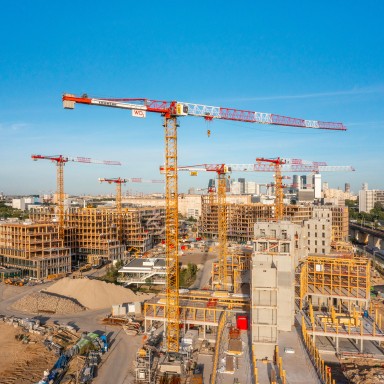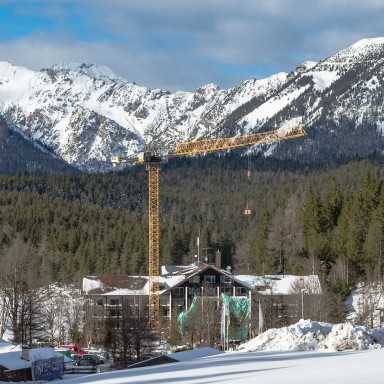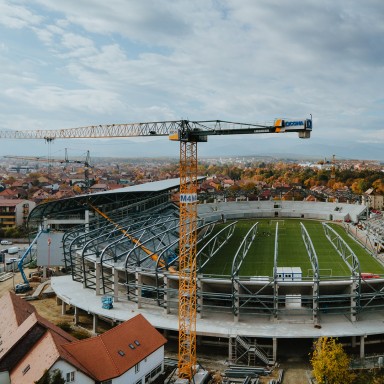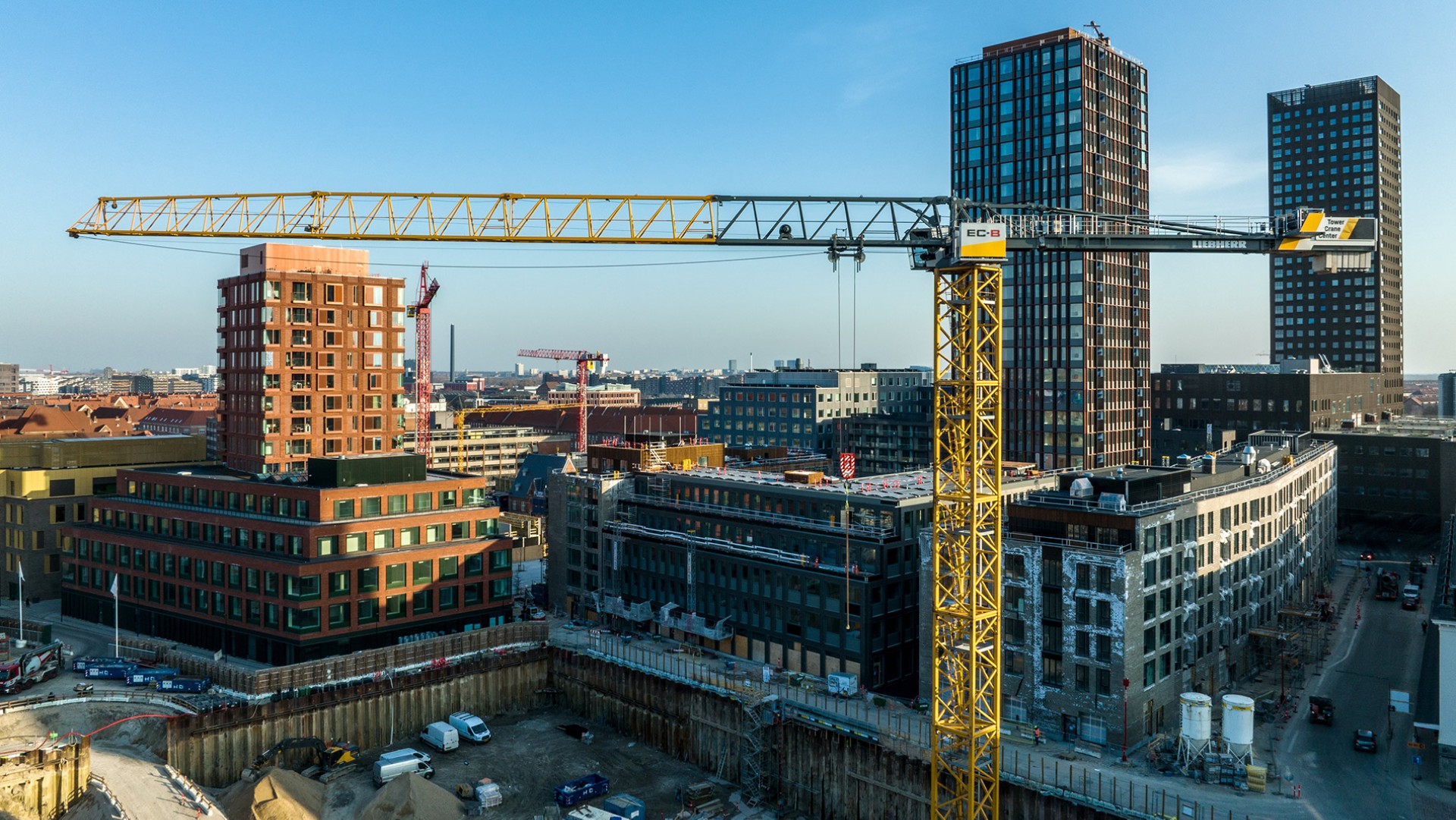
First operations of the 470 EC-B
The flagship 470 EC-B works in Copenhagen
From transport and erection to operation on site – the flat-top crane 470 EC-B in its steel rope version meets all the important requirements for a modern crane fleet. This is also shown in a construction project in Copenhagen (Denmark), where the 20-tonne variant is used. A new residential and office building with a 100 metre tower is being built in the Carlsberg Byen district. The Liebherr dealer Normas is using a 45 metre jib on a 470 EC-B with a hook height of 35 metres.
We are extremely satisfied with the 470 EC-B 20.
Straightforward assembly
The crane has a large number of prefabricated concrete components to move on the site. Several other cranes are also in action, which is why the 470 EC-B with its flat-top design fits in perfectly. A 550 EC-H 20 and two 420 EC-H 16 cranes from Liebherr are also involved in the project.The erection work was a straightforward as with the other cranes in the EC-B series. In operation, the flat-top crane is reliable and efficient. This is confirmed by Leif Lundstad Nielsen from Normas: “We are extremely satisfied with the 470 EC-B 20.”
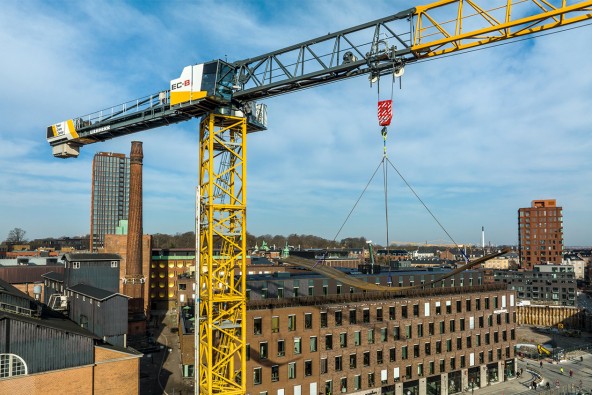
470 EC-B Flat-Top crane
Liebherr’s successful EC-B series has a strong new addition: the new 470 EC-B Flat-Top crane. From transport and assembly to operation on site, Liebherr’s new machine with steel rope design meets all the relevant requirements of a modern crane fleet.
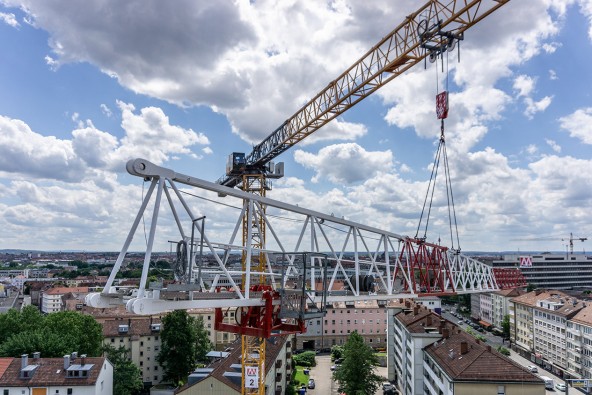
Big brother assembles smaller flat-top crane
Liebherr dealer Beutlhauser is using a 470 EC-B 16 for a construction project in Nuremberg. The project team, consisting of Liebherr Tower Crane Center, Beutlhauser and Mauss Bau, found the perfect solution for building more than 130 new apartments in Nuremberg in the form of a new 470 EC-B. With a radius of 60 metres, the crane can transport heavy loads over long distances and position all the parts precisely where they are required. In addition, the 470 EC-B is doing a job that you wouldn’t usually associated with it – because there is an underground railway track below the foundation soil, it was not possible to use a mobile crane to erect the second crane, a 172 EC-B. So the smaller flat-top crane was erected solely by the 470 EC-B.

